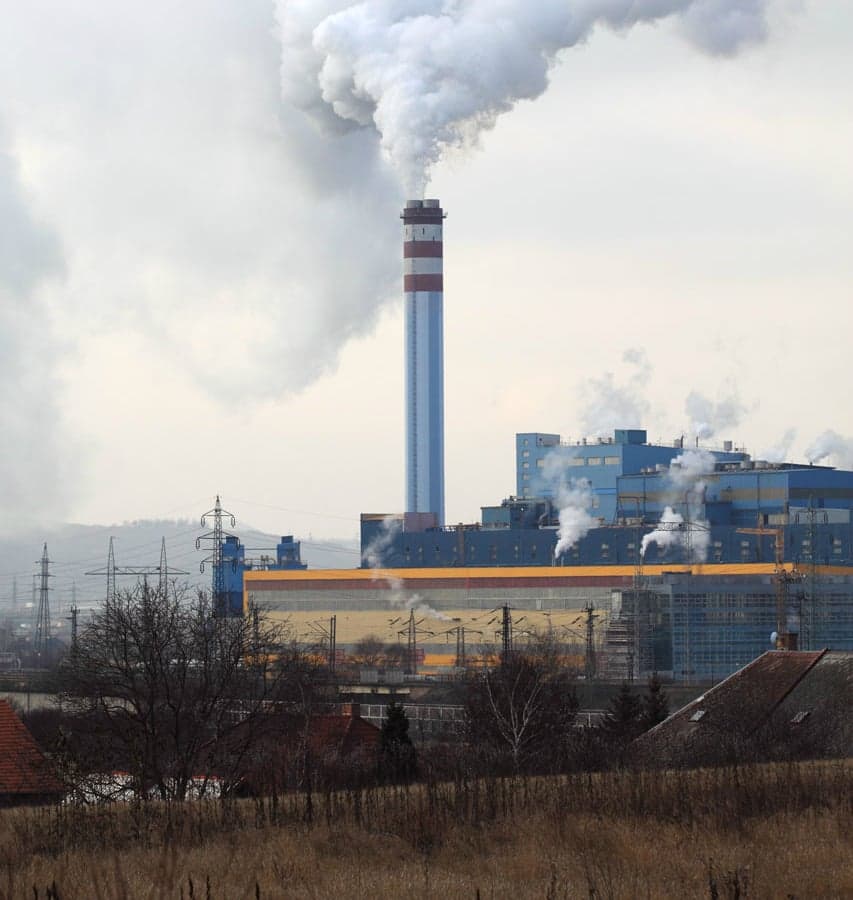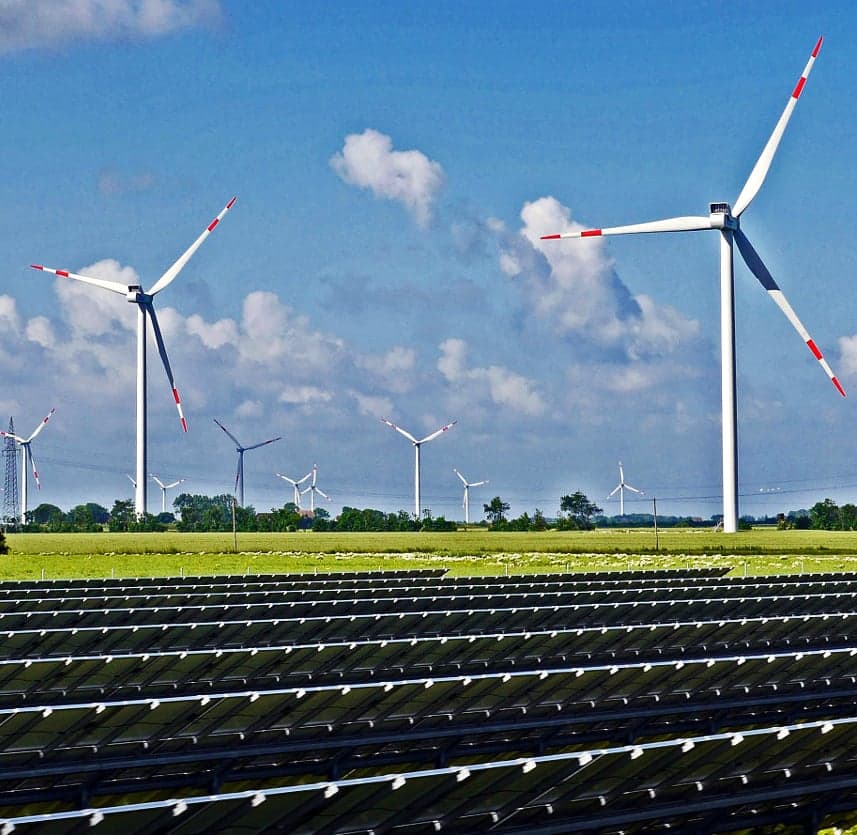2018 could be a very important year for the Chinese economy, with retail sales expected to exceed those of the United States this year. In the past, China’s economy has been largely supported by its manufacturing businesses, but now, there is a decline in manufacturing and an increase consumer spending and importing. Considering that China is the largest export economy for approximately 40 countries today, by the year 2030, many more countries may be relying on exporting to China. This includes the United States, who currently purchase almost 20% of China’s total exports. In fact, China currently buys over 20% of total sales from major companies such as Apple, Boeing, and General Motors. Many imports to China are coming from the United States, including approximately one out of every five cars sold in China. One factor that has contributed to the increased spending by Chinese consumers is the fact that there have been increases in their incomes.
globalEDGE Blog - Page 85
Publish Date:
In the midst of an economic transformation that favors technology, the trucking industry is seeing one of its largest growth years in the past decade. In January, American trucking companies ordered the largest number of new 18-wheelers in about 12 years. This action took place following a tax overhaul that gave them more cash to invest. Trucking companies have also been incentivized to purchase new fuel-efficient trucks in a period of rising diesel costs. In a way, a digital economy has the potential to boost the growth of the trucking industry even further. Heightened packaging volumes have allowed suppliers to employ more truckers, which has boosted margins through their economies of scale. On top of this, more individuals are partaking in e-commerce, which has pressured the shipping industry to have the capability to access customers in rural areas as well as suburban and urban areas.
Publish Date:
At the current rates of progress towards closing the gender gap around the world, it would take Western Europe 61 years to close their gender gap, Eastern Europe and Central Asia 128, the Middle East and North Africa 157, East Asia and the Pacific 161, and North America 168 years. Some of the world’s largest economies are the farthest away from gender parity. At a time when countries have closed an average of 85% of their gaps in educational attainment, one may wonder why progress towards gender parity has slowed down. The answer is rooted in cultures that are unique to every country, but more prominently in gender-based stereotypes that are common across nations and hurt not only industries but entire economies.
Publish Date:
Global equity markets have taken investors on a roller coaster ride this past week. After reaching new all-time highs in late January, investors were expecting the steady gains they have grown accustomed to over the past year to continue. Markets began to take a turn last Friday, seemingly spurred by a better than expected U.S. jobs report. Investors were on edge that increased employment could create inflationary pressure causing central banks to hike interest rates. Friday’s losses continued into Monday with the Dow Jones Industrial Average recording its largest ever points decline and biggest percentage loss in nearly seven years. When the dust began to settle Monday after hours, the US-based blue-chip index lost 7% in two days.
Publish Date:
Most people have a basic knowledge of the types of makeup individual’s use such as lipstick, eyeshadow and bronzer. However, in the past decade, more and more options have been arising for all aspects of enhancing one's natural beauty. Beauty blenders, highlighter, lip plumping kits are just a few of new additions to the makeup industry. Additionally, over the last 14 years, the cosmetic industry has been experiencing a consistent growth as a whole of about four percent annually. In May of 2017, the beauty industry was valued at about $445 billion creating an affluent industry for individuals, mainly women, who want to have big success in a self-starting industry.
Doug Barry, Conover + Gould Strategy Group
Publish Date:
A Hope in the Hollers
Trade and trade agreements are blamed by many people for a decline in good paying jobs, wage stagnation, and other ills. There’s a widespread belief that globalization and its corporate and multinational organization enablers have handed right-wing nativist groups a club with which to bash free market liberalism, a philosophy that has prevailed since the end of the World War II.
Publish Date:
What does full employment really mean? Full employment in an economic point of view does not necessarily mean everyone has a job. If employment drops beyond a certain point, it can generate price and wage pressures, which might spark an inflation. Therefore, economists refer to the term as the sweet spot, where employment is close to full and does not push prices up.
Publish Date:
This is the fifth post in a five-part blog series focused on the energy industry.
The future of energy is often discussed in the news. Many publications will say that the energy market’s future rests in one form or another but the future of the energy industry whole is difficult to predict because much of the future of energy is rooted in the policies of politicians. However, the Earth is not yet close to running out of these nonrenewable fuels so while there will be a need to fully replace the use of fossil fuels in our world at some point; running out of fossil fuels is not really the most pressing need at this time.
Publish Date:
This is the fourth post in a five-part blog series focused on the energy industry.
As more countries consider the environmental impacts of capturing and using different forms of energy, the era for previous power-houses like coal is coming to a close. This post will explore the accessibility, development, and trading of upcoming fossil fuels around the globe.
Publish Date:
This is the third post in a five-part blog series focused on the energy industry.
As our world’s supply of nonrenewable resources slowly dwindles, society is being forced to consider new methods of generating energy in a continuously growing world. A major focus has been put on turning earth’s natural products like wind, sun, and water, and additionally nuclear power, into devices of energy production. Fifty countries agreed at the Climate Vulnerable Forum to make 100% of their energy renewable by 2050. The construction of wind turbines, solar panels, and nuclear reactors is spearheading this dive into renewable energy while having a definite impact on business.












